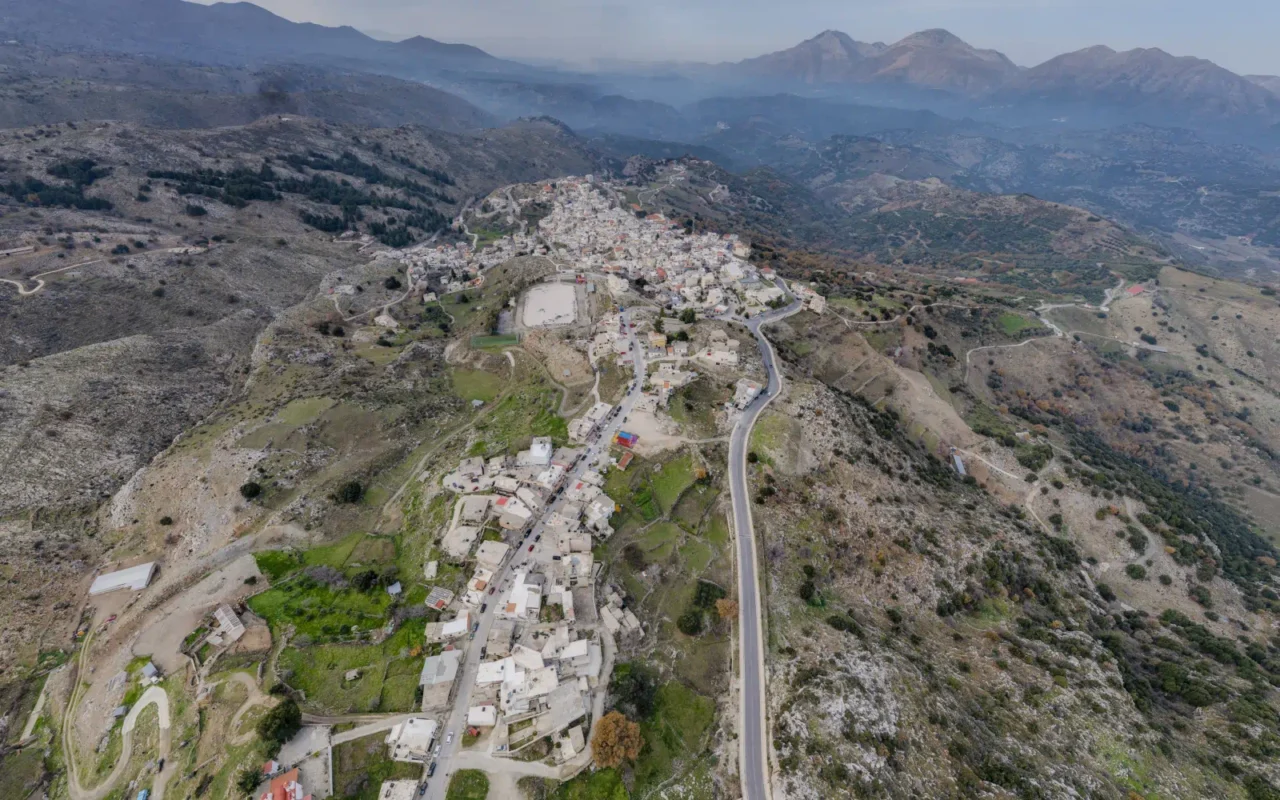
Anogeia is a mountainous town and the seat of the municipality of the same name in the Rethymno regional unit on the island of Crete, Greece. It is situated at an elevation of 730 meters on the Armi ridge of Mount Psiloritis. The town has a population of 2,201 according to the 2021 census and is located 54 kilometers from Rethymno.
General Information
The name Anogeia derives from its location, meaning “upper land.” It is also known as Axikanogia or Megala Anogeia. The town is divided into neighborhoods (Armi, Mesochorio, Perachori, Metochi, and Synoikismos), along with smaller areas and squares. Each neighborhood centers around a church, which serves as a focal point for social life, main roads, narrow alleyways with steps, residential areas, and commerce.
Anogeia is part of the distinct geographical unit of the former Mylopotamos Province, which included the villages of Zoniana, Livadia, Kalyvos, Krana, Veni, Katergiana, Chochlidio, Axos, and Livada.
Near Anogeia are notable landmarks like the Ideon Andron cave, where, according to Greek mythology, Zeus was born, and the Sfendoni Cave. The Nida Plateau is also in close proximity.
Mythology
Located in Anogeia at an altitude of about 1,500 meters on Mount Psiloritis is the Ideon Andron, a significant cave in Crete since 4000 BC. Mythology holds that this cave is where Rhea hid the infant Zeus to protect him from his father Cronus. The Kouretes, guardians of the infant Zeus, performed a war dance to mask the baby’s cries. This dance is believed to be the origin of the Anogian male dance “Pentozalis,” also known as the “pyrrhic,” which is considered the root of Greek dance and the evolution of the modern Cretan dance.
Population of Anogeia
Year |
Population |
|---|---|
1583 |
911 |
1881 |
1,973 |
1900 |
2,363 |
1981 |
5,449 |
1991 |
3,260 |
2001 |
2,454 |
2011 |
2,322 |
2021 |
2,201 |
History
Anogeia has a long history of resistance against various conquerors and has suffered three devastating holocausts in less than 130 years (by the Turks in 1822 and 1867, and by the Germans in 1944).
In 1182, when Crete was divided among the 12 Byzantine noble families, Anogeia was granted as a fiefdom to the Phokas family, later known as the Kallergis family. It was then that the village acquired the name “Vasilika Anogeia” (Royal Anogeia), signifying its ownership by royal lords. This indicates that Anogeia existed during the Second Byzantine period, even before the Venetian occupation.
During the Venetian era, Anogeia was not known as a center of rebellion, unlike other parts of Crete. In 1648, the Ottomans conquered the village, but its inhabitants were granted special privileges. Under Ottoman rule, Anogeia became a “vakuf” (religious endowment) village dedicated to the mosques of the Valide Sultan, while also serving as a major revolutionary center.
In May 1822, the people of Anogeia, led by Vassilis Sbokos, defeated the Turks at “Sklavokambos Maleviziou.” However, this victory led to Serif Pasha’s retaliation. Finding the village deserted as its residents fought in Messara, he looted and burned it on July 14, 1822.
Shortly before the Cretan Revolt of 1866, a meeting was held in Anogeia to elect representatives for the military leaders of Eastern Crete. That same year, three individuals from Anogeia were among those who fell in the Arkadi Monastery Holocaust, a heroic defense against Serif Pasha’s attempted takeover. Today, the people of Anogeia consider Emmanouil Skoulas, not Konstantinos Giaboudakis, as the one who set fire to the monastery, contrary to the widely held belief.
In 1867, Omer Pasha captured Anogeia, and in November of the same year, Resit Pasha burned it down for the second time in its history, just 45 years after the first. The villagers of Anogeia actively participated in the 1897 Cretan Revolt and other liberation struggles.
However, their most significant and globally recognized action occurred during the Battle of Crete and the National Resistance. In 1941, the “Committee for Liberation Action” was established in Anogeia. The village became a core of the Resistance in Crete, and during the abduction of General Kreipe in Anogeia, they undertook the task of smuggling him to Africa. Unfortunately, this act led to dire consequences. On August 13, 1944, the commander of the Crete Fortress, H. Müller, ordered the razing of Anogeia and the execution of any male from Anogeia found within a 1-kilometer radius. On that fateful day, three German battalions surrounded Anogeia and stationed guards on the surrounding hills. They arrested 80 elderly men and sent them to Heraklion, while executing 9 others. They dynamited and set fire to the houses, reducing approximately 800 to rubble, and tragically, 6 women also perished in the flames. The remaining men fled to Mount Psiloritis to seek refuge.
From 1941 to 1944, a total of 104 people from Anogeia lost their lives in the fight against the German occupiers. In 1946, the Greek state honored Anogeia with the War Cross, First Class, for the devastation it suffered and the heroism displayed by its people. The following year, the Community of Anogeia was recognized as the Municipality of Anogeia as a tribute.
The Municipality of Anogeia has named a major road near the central Armi square “13th of August 1944” and located the Town Hall there, honoring the place and those who fell. Every year on this day, the people of Anogeia organize events and discussions in memory of their courageous past. In the central Armi square stands the Anogeia Holocaust Memorial, flanked by two Greek flags, with marble inscriptions bearing the names of the fallen and the German commander’s order to raze the village, written in three languages.
Characteristics of the People of Anogeia
The people of Anogeia have preserved their language and unique dialect over time, which even today includes unaltered words from ancient Greek. Their pronunciation, heavy and direct, is particularly distinctive in the “lambda” and “rho” sounds. Most residents retain their surnames without the “-akis” ending commonly found in the rest of the island, especially in the central-eastern part.
Shepherding has had a lasting impact on the value system, economic structure, social organization, and cultural character of the mountain communities surrounding Mount Ida. Although an ancient practice, shepherding remains the primary economic activity for men of all ages in Anogeia. It is now recognized as an Intangible Cultural Heritage of Greece, as the shepherds of Psiloritis, who engage in livestock farming and maintain a significant number of sheep and goats (over 80,000), have shaped the identity and character of Anogeia with their active presence throughout history.
Handicrafts and traditional weaving are also characteristic of the area, with the use of looms still prevalent today. The social position of women is respected and reflects the matrilineal tradition in Crete. Women work, weave, contribute to the community, and cultivate the concept of care for both their homes and their land. The art of weaving, either by hand or on a loom, is a traditional activity for women in Anogeia. Experienced weavers create their crafts in public view in various corners of the town. The significance of weaving in the female community, entrepreneurship, daily life, and urban history to this day represents a cultural hallmark. Recently, the establishment of a Weaving School with state funding in Anogeia was announced.
Village Key Points
- Historical References: First mentioned in 1583, Anogeia has a long history of resistance against conquerors.
- Location: Situated on the Armi ridge of Mount Psiloritis at an elevation of 730 meters.
- Historical Significance: Known for its strong resistance against various occupiers and its role in the Cretan Revolt and World War II resistance.
- Current Status: A town with a strong cultural identity, preserving traditions like shepherding and weaving.
Access
Anogeia is 11.3 kilometers away from the town Krousonas and 4.2 kilometers away from the Axos















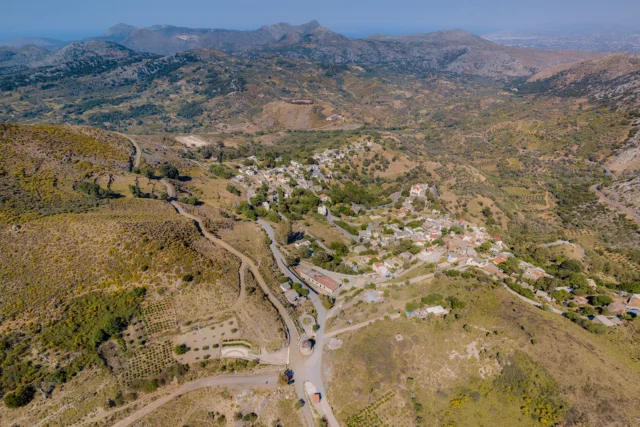

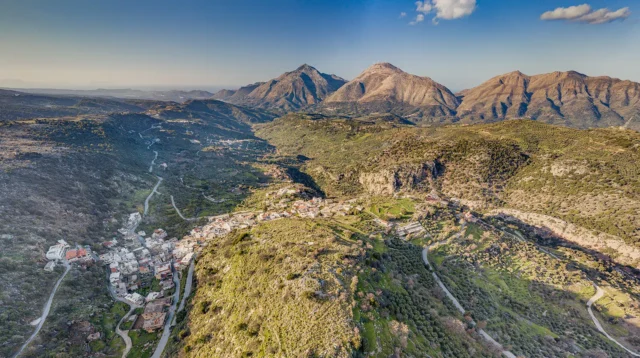
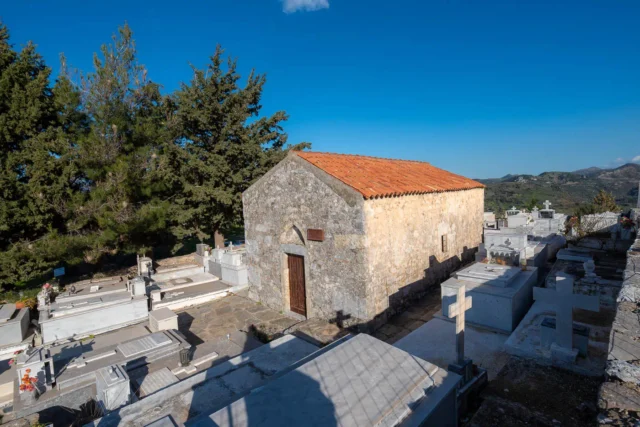
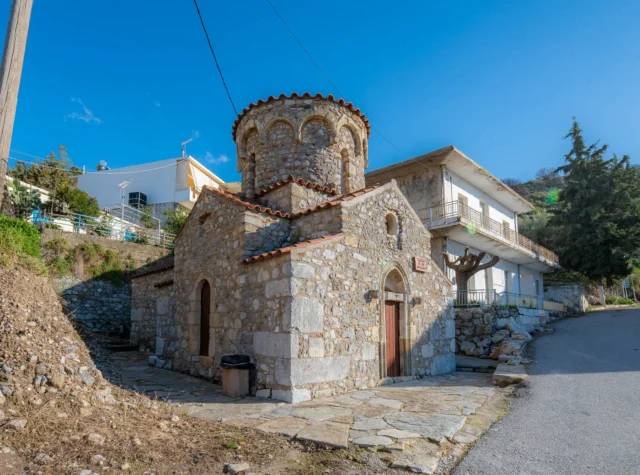
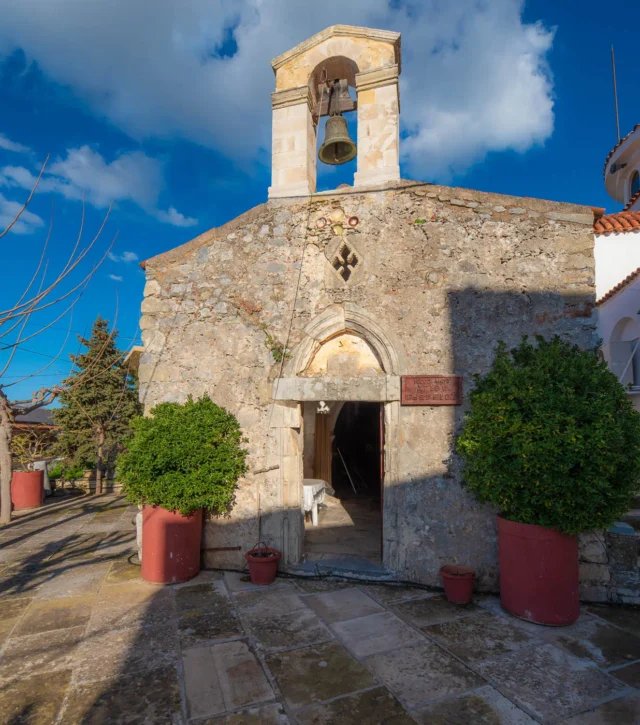


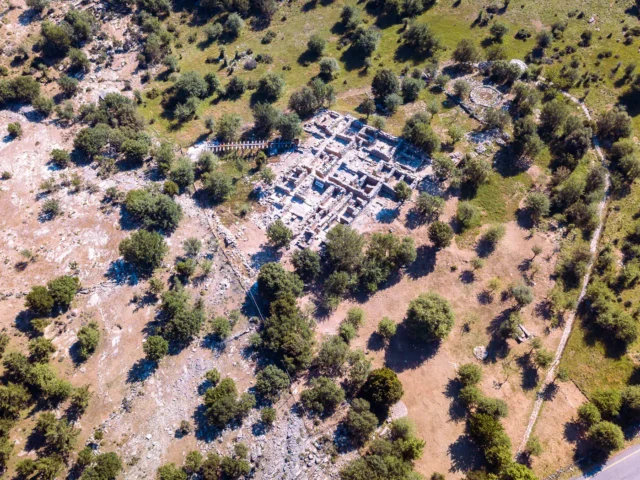

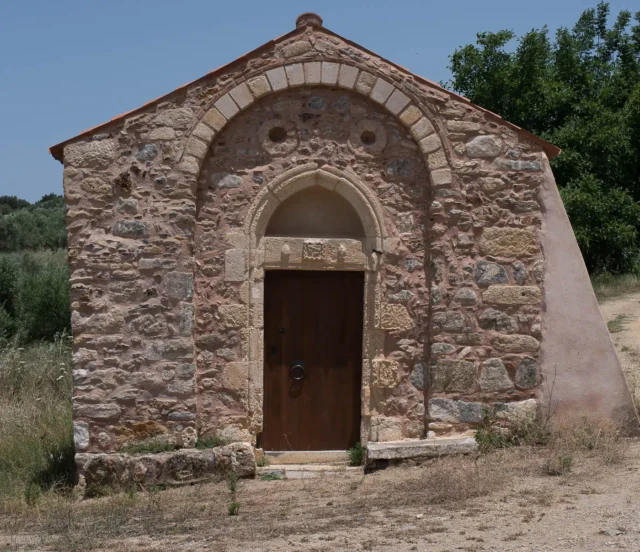
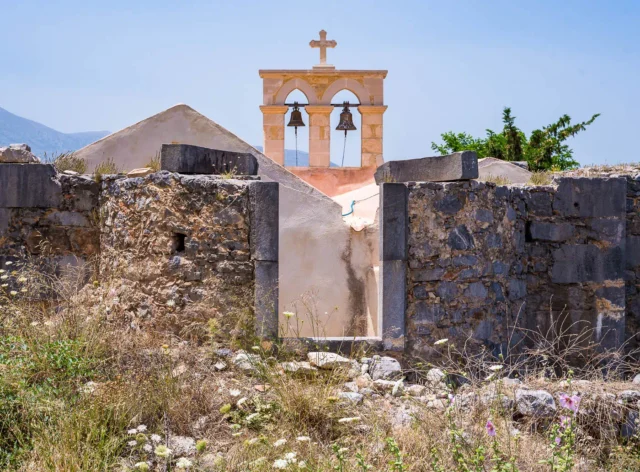
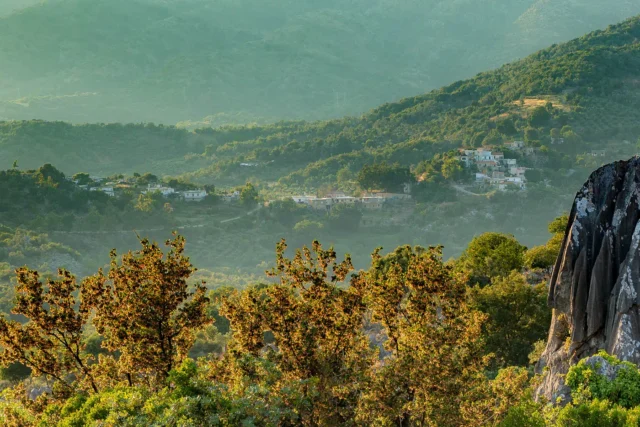
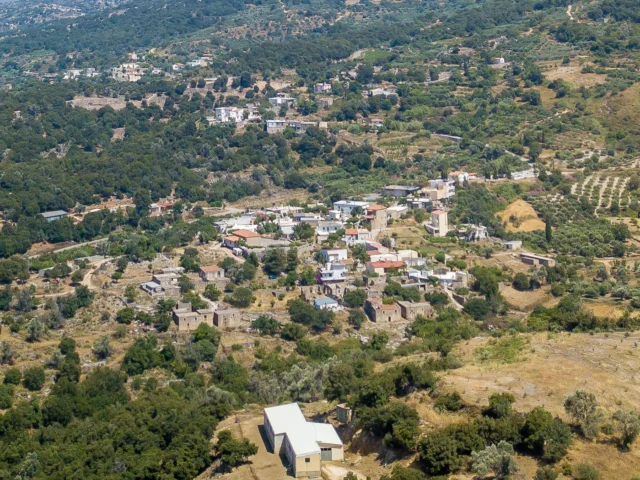
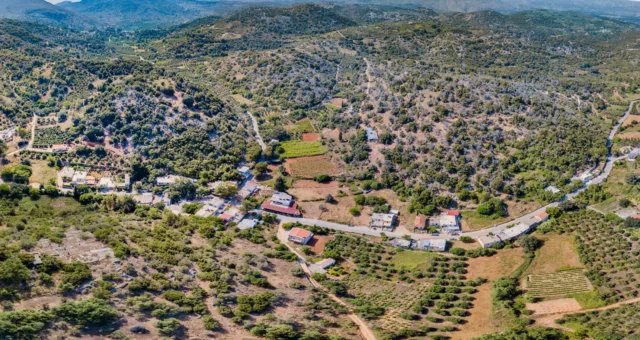

There are no comments yet.